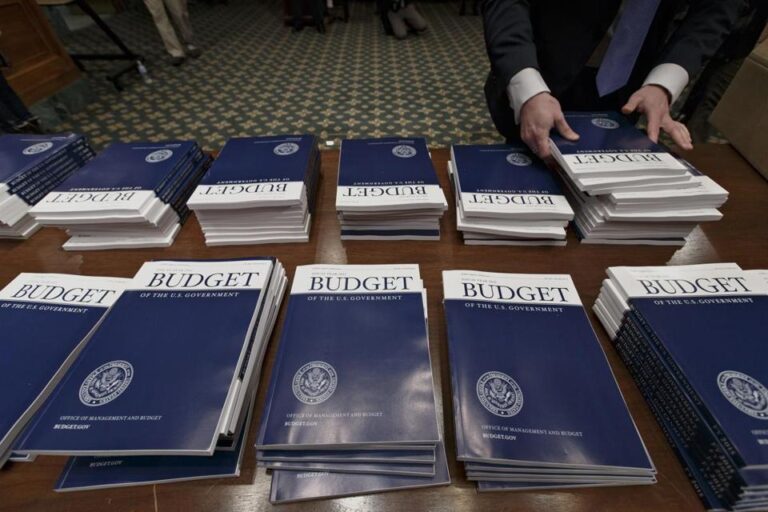Massive Federal Budget Cuts Take Time Due to Difficult, Hard Choices
By MICHAEL J. PATON
The federal budget is a critical tool for governing the United States, outlining how taxpayer money is allocated to support a variety of government functions. However, with the national debt exceeding $30 trillion and annual budget deficits often surpassing a trillion dollars, the need for cuts has become increasingly urgent. Despite this, slashing the federal budget is notoriously difficult. The multiple factors contribute to the resistance against cutting government spending are political pressures, societal needs, legal constraints and economic concerns just to name a few.
Achieving fiscal responsibility while maintaining the stability of social services and national security is a delicate balancing act, and any attempt to reduce spending is met with significant challenges. Across-the board spending cuts appear what the new Administration has in mind when they rail against government waste. However, budget cutters may run into problems.

The difficulty of cutting the federal budget is deeply rooted in the complex web of social and economic priorities. A significant portion of the budget is dedicated to spending programs such as Social Security, Medicare, and Medicaid, which benefit millions of Americans. These entitlement programs are politically sensitive, as they provide crucial support to retirees, low-income individuals and the elderly. Any attempt to reduce these programs often faces public backlash and strong opposition from political leaders seeking re-election.
Additionally, discretionary spending, which funds essential services like education, healthcare and housing, often faces cuts in times of financial strain. However, these cuts can have dire consequences for vulnerable populations, further fueling opposition to such decisions. Balancing the economic needs of the country with the imperative to support its citizens is one of the most challenging aspects of federal budget cuts.
Another major obstacle to cutting the federal budget is the presence of structural constraints that limit the government’s ability to reduce spending. A large portion of the federal budget is dedicated to mandatory spending, which is set by law and not subject to annual appropriations. This includes entitlement programs like Social Security, Medicare and Medicaid, as well as interest on the national debt. These costs continue to grow year after year, driven by factors like the aging population, rising healthcare costs and the accumulation of national debt.
To read Michael J. Paton’s complete report, see the February issue of CONSTRUTION NEWS www.cicbca.org.
About the author: Michael J. Paton is a portfolio manager at Tocqueville Asset Management L.P. He can be reached at 212-698-0800 or by email at MPaton@tocqueville.com.
